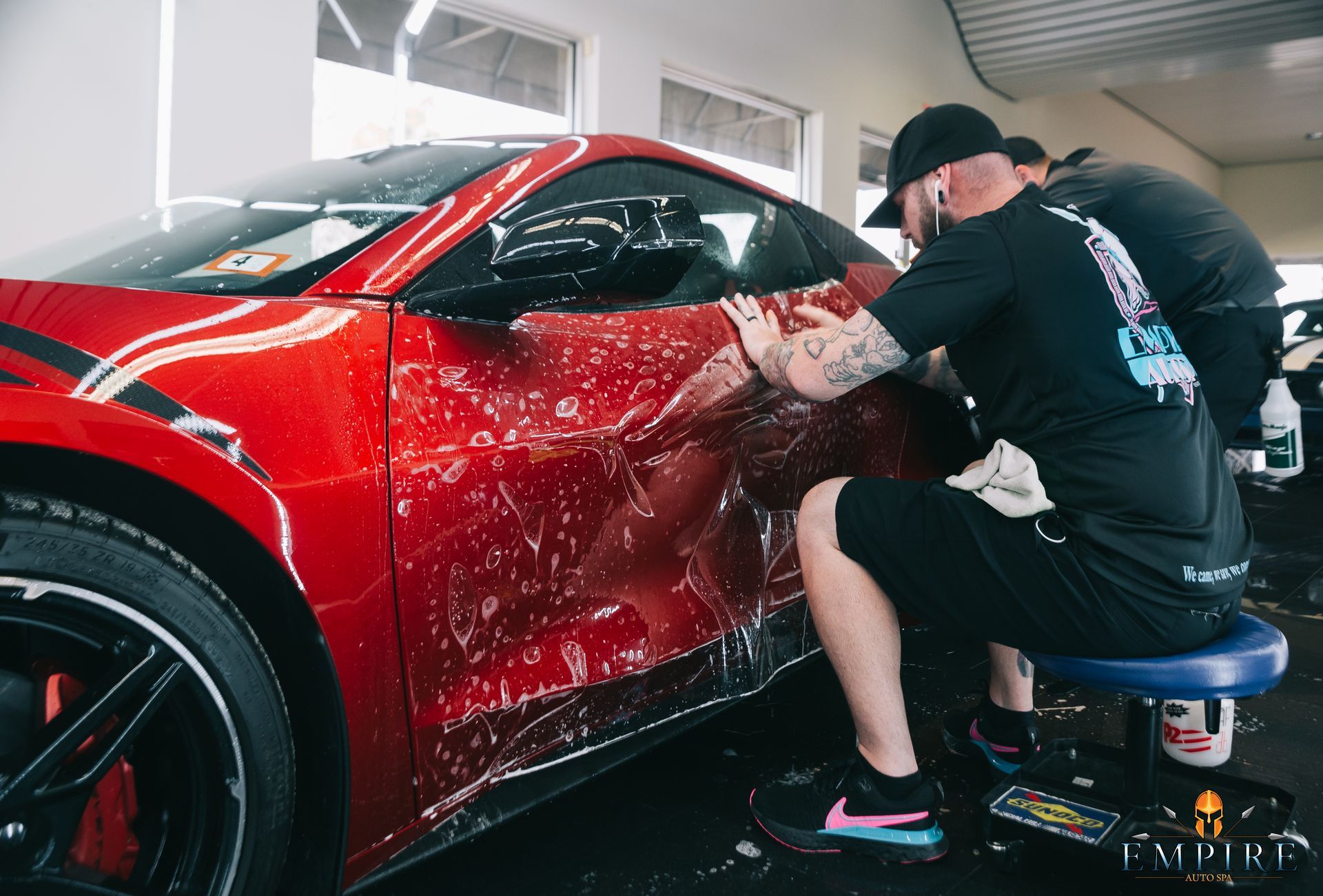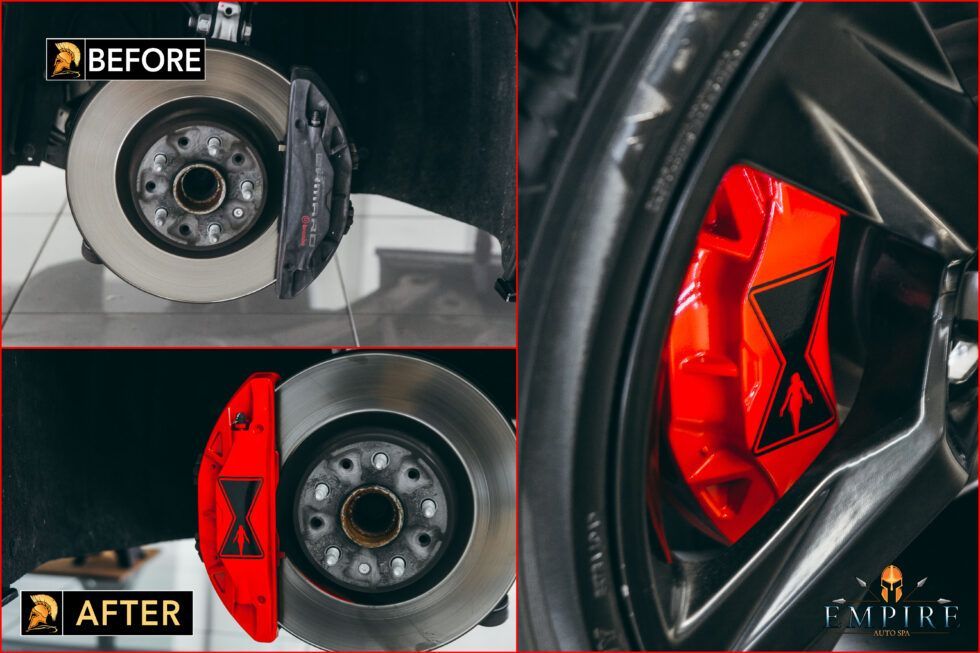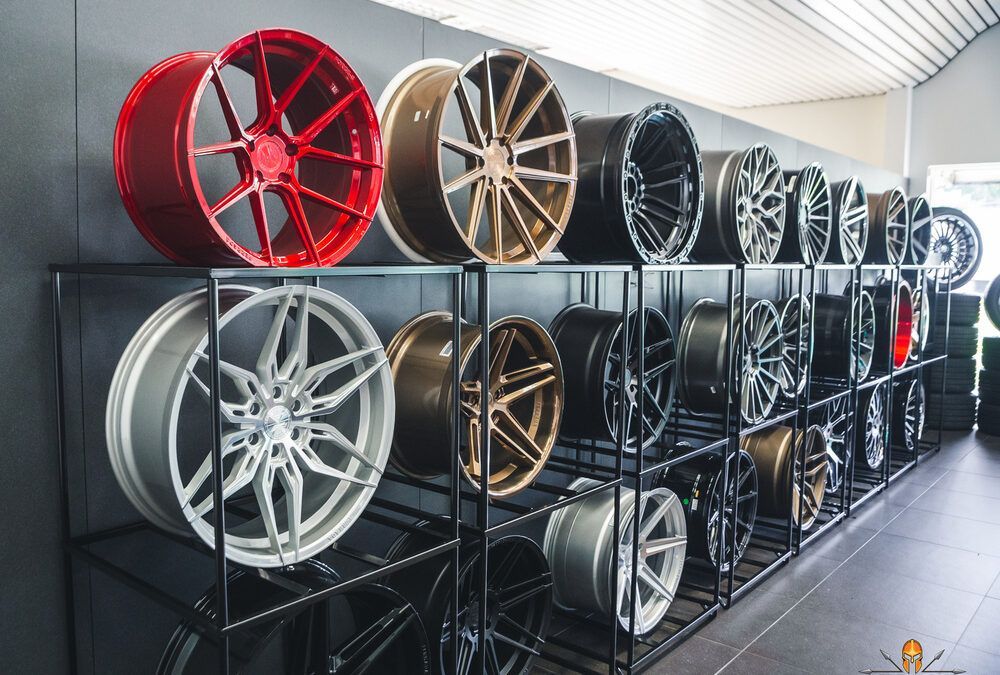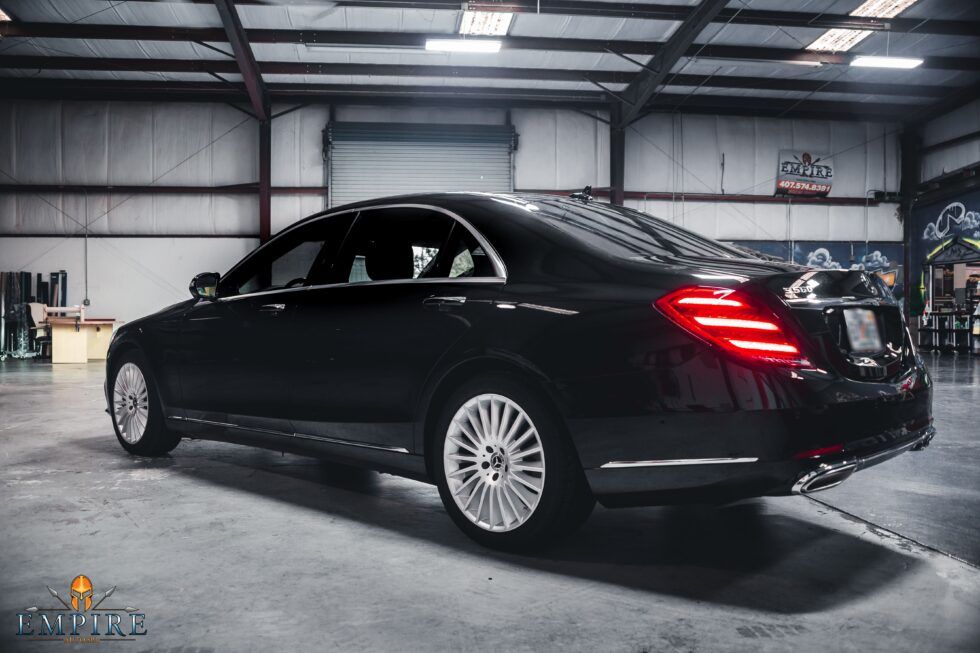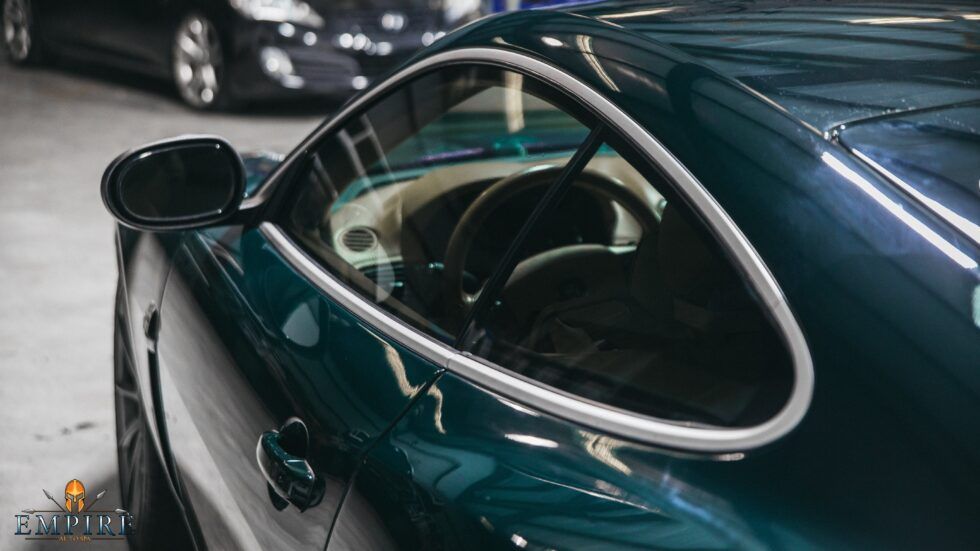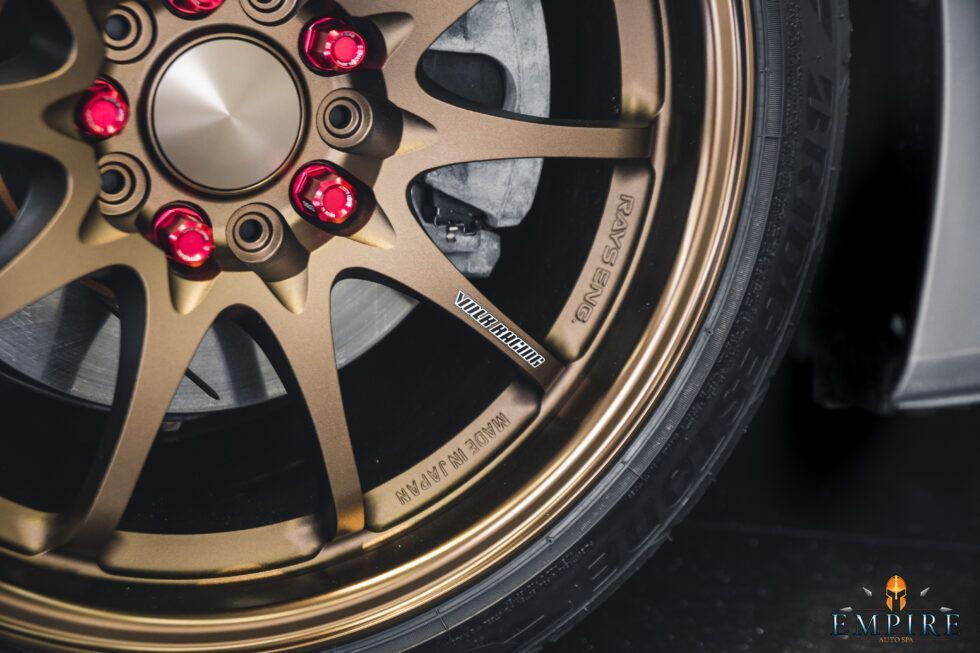Ceramic Coating vs Wax: What’s the Difference?
Ceramic Coating vs Wax: What’s the Difference? An In-Depth Analysis by Empire Auto Spa
Introduction
When it comes to protecting your car’s exterior, two popular options often come up: ceramic coating and wax. Both have their merits, but they serve different purposes and offer varying levels of protection. In this blog, we’ll delve into the differences between ceramic coating and wax to help you make an informed decision, courtesy of the experts at Empire Auto Spa.
Ceramic Coating: The Pros and Cons
Pros
- Longevity: Ceramic coatings can last for years, offering long-term protection.
- Durability: Highly resistant to environmental contaminants like bird droppings, tree sap, and road salts.
- UV Protection: Offers excellent protection against harmful UV rays, preventing oxidation and fading.
Cons
- Cost: Ceramic coatings are generally more expensive upfront.
- Application Time: Requires a longer time to apply and cure properly.
Wax: The Pros and Cons
Pros
- Affordability: Waxes are generally less expensive and readily available.
- Ease of Application: Can be easily applied and removed, even as a DIY project.
- Glossy Finish: Provides a high-gloss finish that enhances your car’s appearance.
Cons
- Short Lifespan: Typically lasts only a few weeks to a few months.
- Limited Protection: Offers less protection against environmental contaminants.
Making the Choice
Budget Considerations
If you’re on a budget, wax may be the more economical choice.
Long-Term vs. Short-Term
For long-term protection, ceramic coating is the better option, while wax is suitable for short-term aesthetic appeal.
DIY vs. Professional
Wax can be a DIY project, but ceramic coating usually requires professional application for best results.
Why Choose Empire Auto Spa?
- Expert Advice: Our technicians can guide you in choosing the best protection for your vehicle.
- Quality Products: We use high-grade materials for both ceramic coatings and waxes.
- Customer Satisfaction: Your satisfaction is our ultimate goal.
Conclusion
Both ceramic coatings and waxes have their own sets of advantages and disadvantages. Your choice will depend on your specific needs, budget, and how much time you can dedicate to maintenance. Consult the experts at Empire Auto Spa to make the best decision for your vehicle.
For more information or to schedule a consultation, visit our website or call us at (407) 574-8381.

Not for Everyone. Perfect for You.
Headquartered in Longwood, Florida, Empire Auto Spa is a family-owned and operated detailing studio dedicated to providing top-tier services that both protect and elevate the aesthetic appeal of all different types of vehicles. With over 30 years of combined experience and expertise from our team members, we pride ourselves on being Master Detailers who provide meticulous services with unwavering passion and precision. Our service lineup includes multiple packages in paint protection film, ceramic coatings, window tinting, and detailing as well as customization upgrades that enhance both the performance and aesthetics of your vehicle. Empire Auto Spa is your one-stop destination for all your vehicle personalization and performance needs!
Quick links
Our Location
Address: 895 N Ronald Reagan Blvd, Longwood, FL 32750, United States of America
Contact Us
Phone: (407) 574-8381
Empire Auto Spa is designed by the team at Detailers Roadmap, a platform developed for detailing operators across the globe.
All Rights Reserved | 8bitcreative, LLC | Empire Auto Spa

